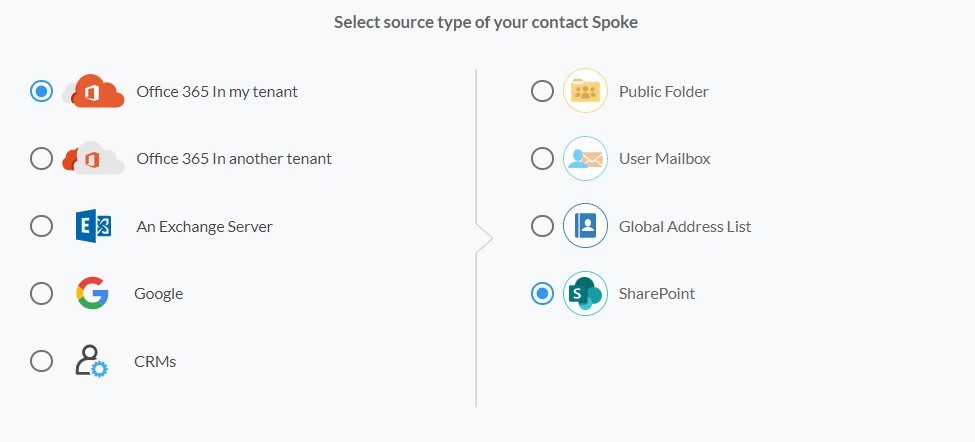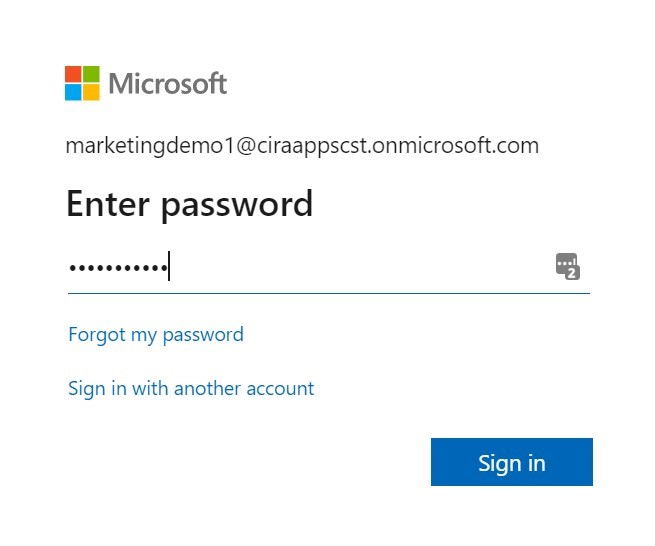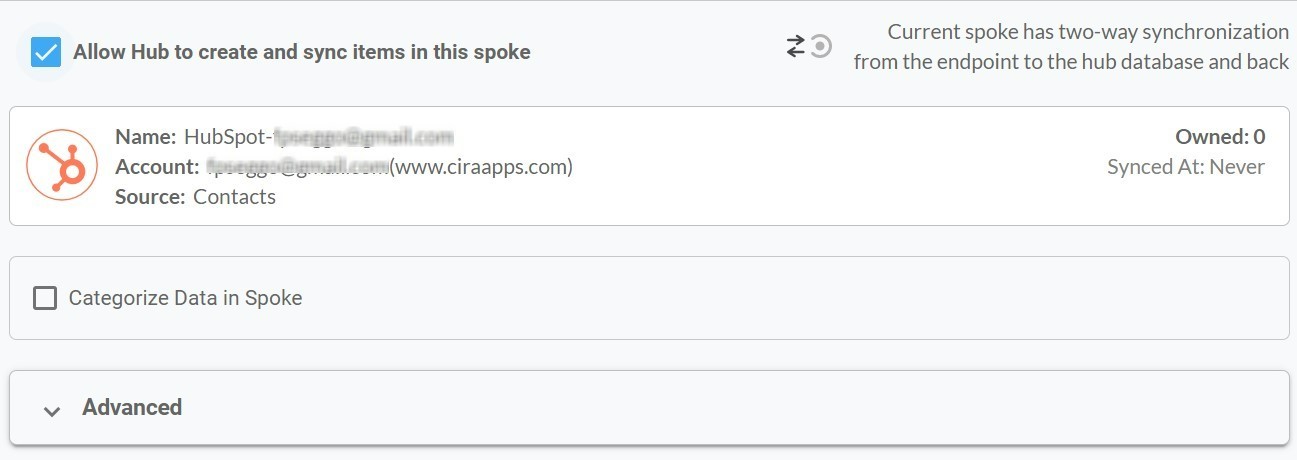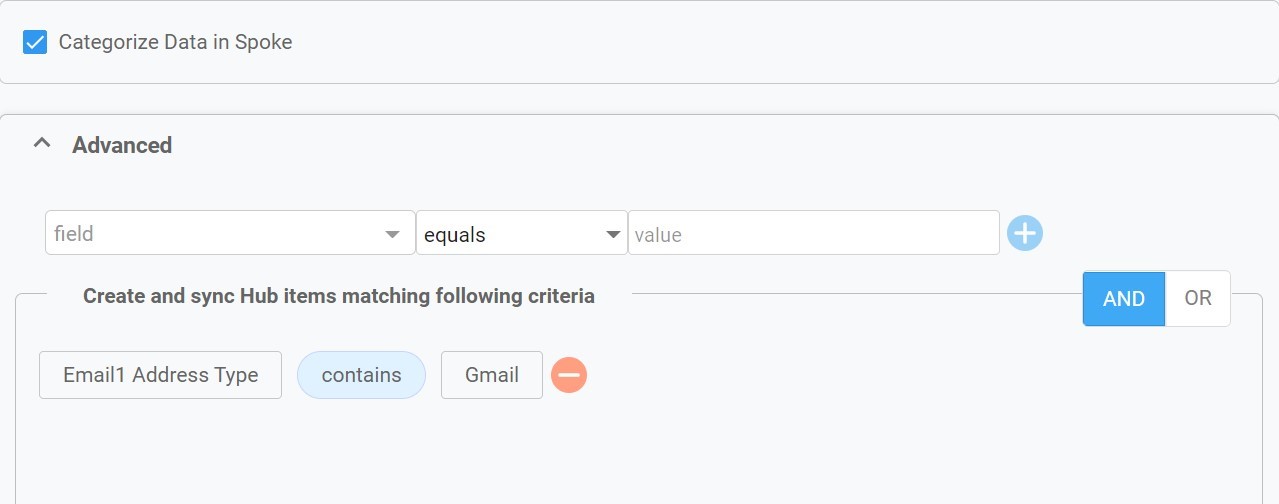Two-way syncing your contacts between SharePoint and HubSpot is a great way to ensure that you have access to up-to-date customer information across all of your platforms.
By two-way syncing, you can keep both systems in sync so that any changes made in one are automatically reflected in the other. This makes it easier for teams to collaborate on projects and for customers to get the most accurate information possible.
In this article, we will look at how you can two-way sync contacts between SharePoint and HubSpot quickly and easily. To do this, we will use CiraHub, an online software created to 2-way and multi-way sync contacts.
Two-Way Sync Contacts Between SharePoint and HubSpot
Step 1: Create a Spoke for SharePoint
1. First, Log in to CiraHub. You will be taken to the onboarding wizard. (See figure below.) Next, select the object you want to sync. In this example, the contacts object has been selected.
2. Next, select SharePoint as the source type for your contact spoke.
3. Click Grant Access to give CiraHub Permission to browse your company users or contacts for SharePoint.
4. Sign into your Microsoft Account that is attached to SharePoint.
5. To two-way sync HubSpot and SharePoint contacts, you will need to Give CiraHub Access to your SharePoint account. Always check the box that states “Consent on behalf of your organization”.
6. Select a SharePoint Contact List to sync with CiraHub to two-way sync SharePoint contacts.
Step 2: Create a Spoke for HubSpot
7. Select the option to add an Additional Spoke.
8. Click on “CRMs” as your source type for your contact spoke. (The Hub contains all synced Contacts from each spoke; a spoke can be a Public Folder, a user mailbox, the GAL or a CRM.)
9. Select “HubSpot” as the contact spoke type.
10. Click “Sign in” with HubSpot.
11. Sign in with your HubSpot Email and Password.
12. Click on the “Connect App” option to link CiraHub to your HubSpot account. This will give CiraHub access to your contacts lists and CRM data in HubSpot so you can two-way sync HubSpot contacts.
13. Type in a Spoke name and click next.
14. Type in a Hub name and click next.
Step 3: Activate Two-Way Sync
15. Next, right-click your spoke, and select “Sync Options” to sync between SharePoint and HubSpot.
16. Click on “Allow Hub” to two-way sync HubSpot and SharePoint together by creating and syncing the items within the spoke. This will enable two-way synchronization from the endpoint to the hub database and back.
17. Click the Advanced tab to set up Contact filtering settings for HubSpot. This would enable a user to synchronize and create hub items based on specific criteria.
18. Click on “Sync now” to enable 2-way synchronization for the current spoke. You can also edit any synchronization options for each of your spokes below.
Have you seen how easy it is to two-way sync contacts between SharePoint and Hubspot? There is no doubt — with CiraHub, syncing is a piece of cake.
More About CiraHub!
CiraHub is a two-way sync platform for shared contacts and calendars for Microsoft 365, Exchange Server, and other Microsoft Enterprise Applications users. The software is designed to make it easy for people lacking IT expertise to set up a 2-way CRM sync for their company, for example. Click here to learn more about how you can start a CiraHub trial today!


















